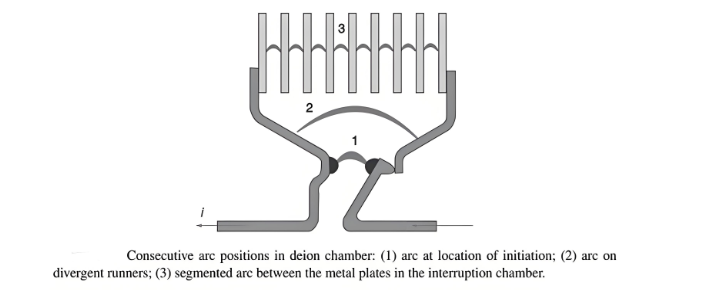
The arc chutes serve several key functions:
- Arc Convection - Based Motion, Elongation, and Cooling: Facilitate the movement of the arc, extend its length, and dissipate heat through convection.
- Arc Compression: Squeeze the arc between the insulating sidewalls, altering its physical characteristics.
- Gas - Assisted Arc Cooling: Cool the arc by leveraging the gassing properties of the wall materials.
- Arc Segmentation: Split the arc into multiple shorter, series - connected arcs using metal plates.
- Arc Length Augmentation: Increase the arc length by employing isolating plates as barriers.
Typically, an arc chute utilizes at least two of these functions in combination.
There are two fundamental types of arc chutes, distinguished mainly by the material of the arc plates:
- Metal - Plate Arc Chutes
- Insulating - Plate Arc Chutes
Metal - plate arc chutes break the arc into a series of shorter arcs that burn between a set of parallel plates. Steel is commonly used for these metal plates due to its ferromagnetic nature. This property helps attract the arc and keep it confined within the stack of plates. In this type of arc chute, diverging arc runners, which are essentially a pair of specially designed arc horns, initially guide the arc into the plates. Subsequently, the electromagnetic forces generated by the current loop propel the arc deeper into the chute.A schematic diagram of this type of arc chute (Deion chamber) is illustrated in Figure.

